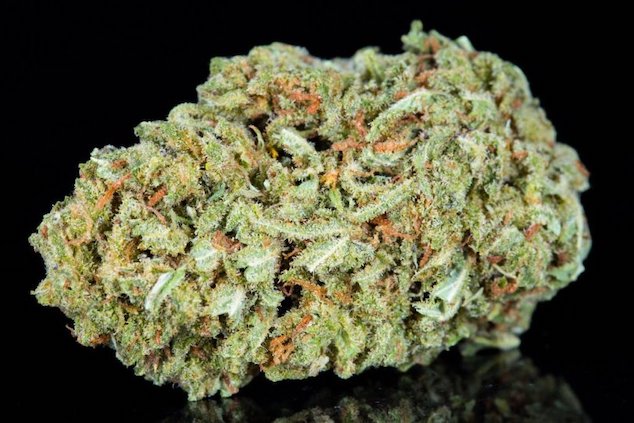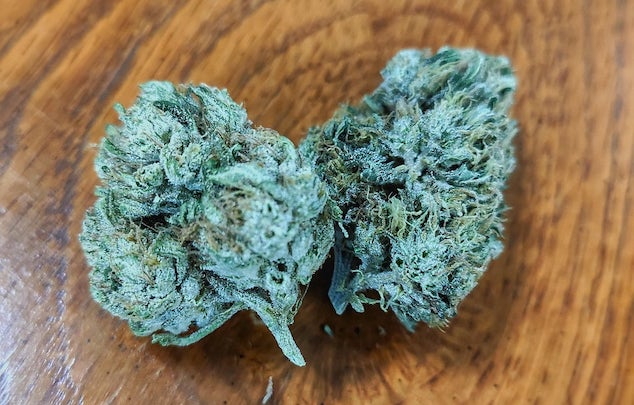
CBG Hemp Flower Vs. CBD Hemp Flower. How does each work, what are the similarities the differences, the kinds of strains involved and what makes one more potent?
Hemp flowers represent a whole new kind of smoking that is becoming quite popular in many places. Laws enacted in recent years have made it so that most cannabinoids (except Delta-9 THC, of course) can be produced legally. Not surprisingly, we have seen an explosion of different strains, most of which focus on one particular cannabinoid substance.
Obviously, most of them are bred for maximum CBD (Cannabidiol) content, but that isn’t the only legal cannabinoid these days. Cannabigerol (or CBG) is also proving to be quite useful. Then, you have Delta-8 THC, a relatively non-psychoactive relative of Delta-9 THC (which produces the distinctive “high” associated with marijuana).
With all the cannabinoid substances that are known to be contained in the Hemp plant, you can bet that more Hemp-based products will be introduced in the future. Thus, it pays to educate yourself about the differences between the various active cannabinoids from which you might choose.
Popular CBD-Dominant Strains
For a start, let’s look at two of the most popular high-CBD strains of Hemp. This will give you a good idea of the options that exist in this category.
Cherry Wine
This award-winning strain has proven to be one of the best. It’s also one of the highest in CBD, with a content of 15-20%. That’s really good when you consider that most CBD-dominant strains come in at about 12-15%. This one also performs very well in the aesthetics department, as its smell and taste are very pleasing. The name pretty much describes the taste and smell, but some say it has little hints of black pepper and cheese.

Special Sauce
This one isn’t as visually impressive as some others, but it’s a tried-and-true option with a very high CBD content. At roughly 18-19%, it should be strong enough for anyone. It has a sweet yet earthy aroma, and its taste is quite similar to its smell. The flowers do tend to be a little smaller, but that actually makes them more economical. Small buds will have much smaller stems and fewer seeds, thus less wasted space and weight.
Popular CBG-Dominant Strains
Now, for a little bit of comparison, let’s look at two of the strongest and most popular of the CBG-dominant strains.
White CBG
This one has proven to be the most popular CBG strain introduced thus far. It has pale green leaves with frosty white trichomes. It’s “hairs” tend to be a bright reddish-orange, giving this plant a unique appearance that is easy to spot. In terms of Cannabigerol content, it measures at about 15-20%, making it very effective for both medicine and recreation.

Jack Frost CBG
This is another pale-ish strain, resulting from a mixture with a Marijuana strain called White Widow. It also has frosty white trichomes and a very “fluffy” appearance overall. In terms of CBG content, this one has about 15%, which is still a lot higher than natural Hemp would ever contain. A lot of people describe its flavor as musky but sweet, almost like a citrus fruit. Due to its Sativa-dominant ancestry, this one is said to be very uplifting.
Differences between CBD and CBG
These four examples represent some of the most well-received strains, and so many Hemp growers are gravitating towards them. As such, you are likely to see more of these names in the future. Still, that knowledge won’t do you any good if you don’t understand the differences between CBD and CBG.
CBD hemp flower is the second-most-common cannabinoid that naturally occurs in the Hemp plant. CBG, on the other hand, is usually only present in tiny amounts. CBG is kind of like a stem cell. It is a basic cannabinoid molecule that can differentiate itself into other cannabinoids like CBD, THC, and CBC (Cannabichromene).
So, what difference does that fact make? Well, CBG interacts directly with the cannabinoid receptors in our brains (there are two of them, called CB1 and CB2). CBD, on the other hand, interacts with these receptors in a more indirect way. It doesn’t go straight to the receptors, and a lot of it is lost in the digestive process. In other words, CBG has a much higher bioavailability level. That means you can probably get the same effect with less.
At the same time, CBG has one major downside: It is far more expensive and difficult to produce. Under natural circumstances, the Hemp plant contains less than 2% CBG. That means a lot more plant material is required to obtain a reasonable amount of the stuff. Of course, there are high-CBG strains like the ones we saw above, but these are specialty products that sell for a lot more.
CBD also has the advantage of being much better-studied. We have never had a hard time finding scientific studies on CBD, but CBG-focused studies are a lot fewer in number. As such, we would have to say that the benefits of CBD are better-proven than those of CBG, which is still very much in its infancy.
Conclusion
In terms of medical benefits, CBD and CBG seem to have most of the same qualities. Both of them help to relieve pain and inflammation, relieve anxiety, reduce the likelihood of cancer, and all the usual benefits. In the end, both are effective choices.






